
River Sand or the Bajri we refer to the sand that is used in the Construction purposes. Today it is the most required material for the construction industry, is been widely used and utilised all over the world. The question arises is that from where does this BAJRI comes? The River sand is the Sand is deposited in river beds, so the sand which we are using is actually from the dry river or from the banks of river. Presently in states like Maharashtra, Rajasthan, Uttar Pradesh and Karnataka sand supply is becoming a mafia because sand supplies are limited. River waters are now behind dams due to which the sand does not get continually replenished like before. Riverine habitats get destroyed as mechanical dredgers are used.
Have we ever thought of the consequences for this?
In-stream mining can have other costly effects beyond the immediate mine sites. Many hectares of fertile streamside land are lost annually, as well as valuable timber resources and wildlife habitats in the riparian areas. Degraded stream habitats result in lost of fisheries productivity, biodiversity, and recreational potential. Severely degraded channels may lower land and aesthetic values.
All species require specific habitat conditions to ensure long-term survival. Native species in streams are uniquely adapted to the habitat conditions that existed before humans began large-scale alterations. These have caused major habitat disruptions that favored some species over others and caused overall declines in biological diversity and productivity. In most streams and rivers, habitat quality is strongly linked to the stability of channel bed and banks. Unstable stream channels are inhospitable to most aquatic species.
Factors that increase or decrease sediment supply often destabilize bed and banks and result in dramatic channel readjustments. For example, human activities that accelerate stream bank erosion, such as riparian forest clearing or instream mining, cause stream banks to become net sources of sediment that often have severe consequences for aquatic species. Anthropogenic activities that artificially lower stream bed elevation cause bed instabilities that result in a net release of sediment in the local vicinity. Unstable sediments simplify and, therefore, degrade stream habitats for many aquatic species. Few species benefit from these effects.
The most important effects of instream sand mining on aquatic habitats are bed degradation and sedimentation, which can have substantial negative effects on aquatic life. The stability of sand-bed and gravel-bed streams depends on a delicate balance between streamflow, sediment supplied from the watershed, and channel form. Mining-induced changes in sediment supply and channel form disrupt channel and habitat development processes. Furthermore, movement of unstable substrates results in downstream sedimentation of habitats. The affected distance depends on the intensity of mining, particles sizes, stream flows, and channel morphology.
The complete removal of vegetation and destruction of the soil profile destroys habitat both above and below the ground as well as within the aquatic ecosystem, resulting in the reduction in faunal populations.
Channel widening causes shallowing of the streambed, producing braided flow or subsurface intergravel flow in riffle areas, hindering movement of fishes between pools. Channel reaches become more uniformly shallow as deep pools fill with gravel and other sediments, reducing habitat complexity, riffle-pool structure, and numbers of large predatory fishes.
Apart from threatening bridges, sand mining transforms the riverbeds into large and deep pits; as a result, the groundwater table drops leaving the drinking water wells on the embankments of these rivers dry. Bed degradation from in stream mining lowers the elevation of stream flow and the floodplain water table which in turn can eliminate water table-dependent woody vegetation in riparian areas, and decrease wetted periods in riparian wetlands. For locations close to the sea, saline water may intrude into the fresh waterbody.
Value of construction industry grew at staggering rate of 15.10 per cent annually even in the economic slowdown and has contributed to 7.5-8.5 per cent of the country’s GDP (at current prices) for the past eight years. Thus, it is becoming increasingly embarrassing for people like me who talk about greening the industry to have no practical answer to this very critical question.
So let us see what the alternatives are for River Sand that we can consider for construction purposes:
Copper slag
Presently, worldwide, about 33 million tonnes of copper slag is generated annually with India contributing 6-6.5 million tonnes. Khalifa S Al Jabri of Oman in his findings published in the internationally refereed journals such as Cement and Concrete Composites and Construction and Building Materials recommends that 50 per cent copper slag can be used as replacement of sand in order to obtain concrete with good strength and durability requirements. Back in India, a study carried out by the Central Road Research Institute (CRRI) has also shown that copper slag can be used as a partial replacement for sand as fine aggregate in concrete up to 40 per cent in pavement grade concrete without any loss of cohesiveness and the compressive and flexural strength of such concretes is about 20 per cent higher than that of conventional cement concrete of the same grade.
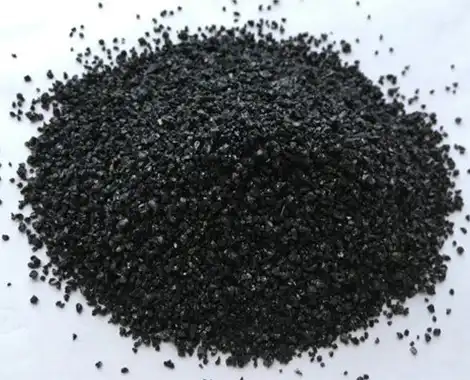
Granulated blast furnace slag
According to the report of the Working Group on Cement Industry for the 12th five year plan, around 10 million tonnes of blast furnace slag is currently being generated in the country from the iron and steel industry. In of the studies about this states that the data obtained from his research shows that the compressive strength of cement mortar increases as the replacement level of granulated blast furnace slag (GBFS) increases. He further concludes that from the test results it is clear that GBFS sand can be used as an alternative to natural sand from the point of view of strength. Use of GBFS up to 75 per cent can be recommended of sand.
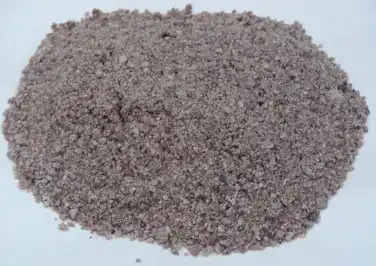
Bottom ash
India is currently producing in excess of 100 million tonnes of coal ash. Out of the total ash produced in any thermal power plant, approximately 15 –20 per cent is bottom ash and the rest is fly ash. Fly ash has found many takers but bottom ash still continues to pollute the environment with no safe disposal mechanism on offer. In of the studies about this states that the mechanical properties of special concrete made with 30 per cent replacement of natural sand with washed bottom ash by weight has an optimum usage in concrete in order to get a favourable strength and good strength development pattern over the increment ages.
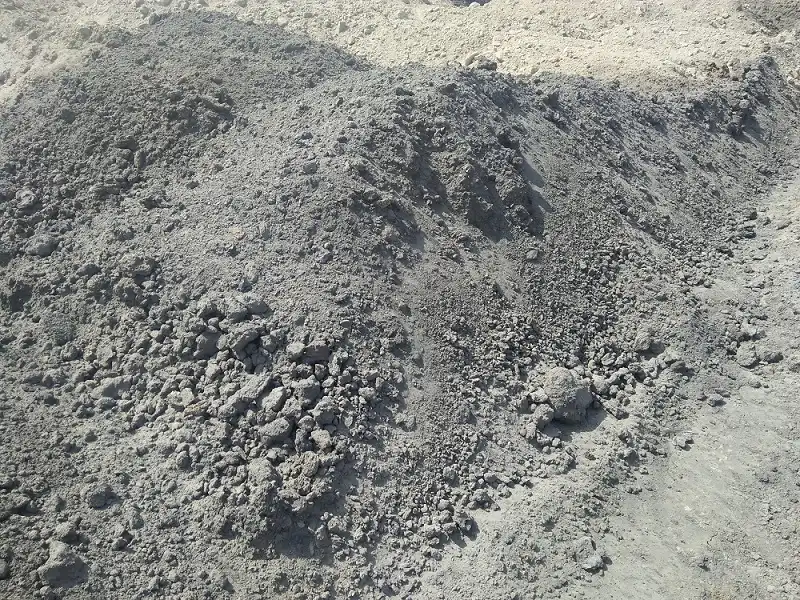
Quarry dust
About 20 to 25 per cent of the total production in each crusher unit is left out as the waste material-quarry dust. One of the studies about this states that the ideal percentage of the replacement of sand with the quarry dust is 55 per cent to 75 per cent in case of compressive strength. Therefore, the concurrent use of quarry dust and fly ash in concrete will lead to the benefits of using such materials being added and some of the undesirable effects being negated.
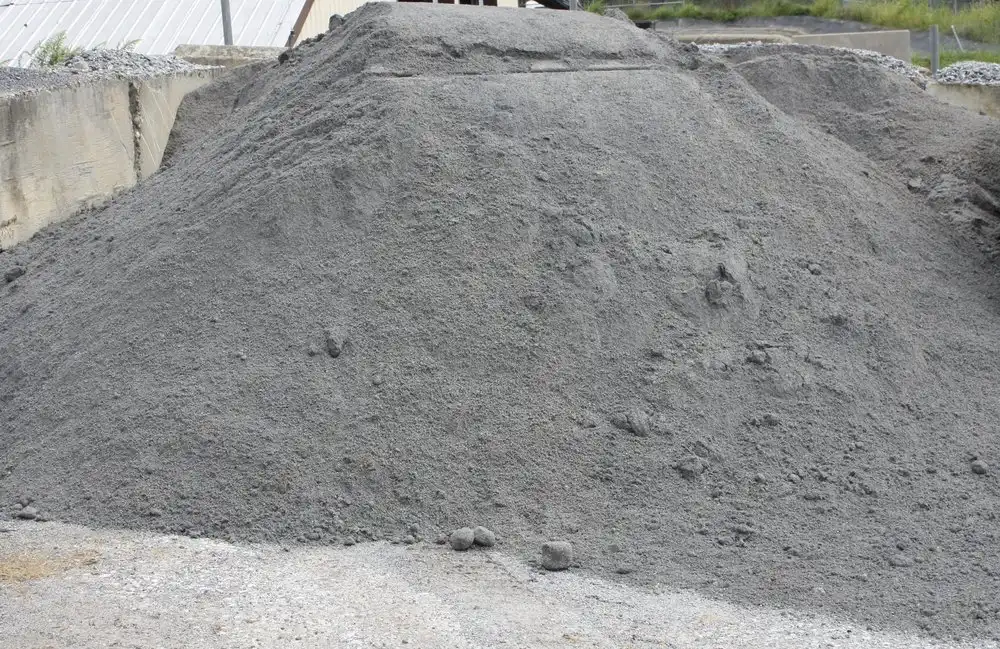
Foundry sand
India ranks fourth in terms of total foundry production (7.8 million tonnes) according to the 42nd Census of World Casting Production of 2007. Foundry sand which is very high in silica is regularly discarded by the metal industry. Currently, there is no mechanism for its disposal, but international studies say that up to 30 per cent foundry sand can be utilized for economical and sustainable development of concrete.
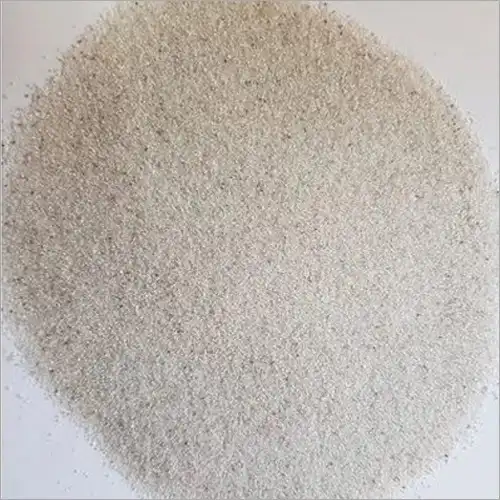
Construction and demolition waste
There is no documented quantification of the amount of construction and demolition (C&D) waste being generated in India. The Municipal Corporation of Delhi says it is collecting 4,000 tonnes of C&D waste daily from the city which amounts to almost 1.5 million tonnes of waste annually in the city of Delhi alone. Even if we discount all the waste which is illegally dump around the city, 1.5 million of C&D waste if recycled can significantly substitute demand for natural sand by Delhi. Recycled sand and aggregate from C&D waste is said to have 10-15 per cent lesser strength then normal concrete and can be safely used in non-structural applications like flooring and filling. Delhi already has a recycling unit in place and plans to open more to handle its disposal problem.
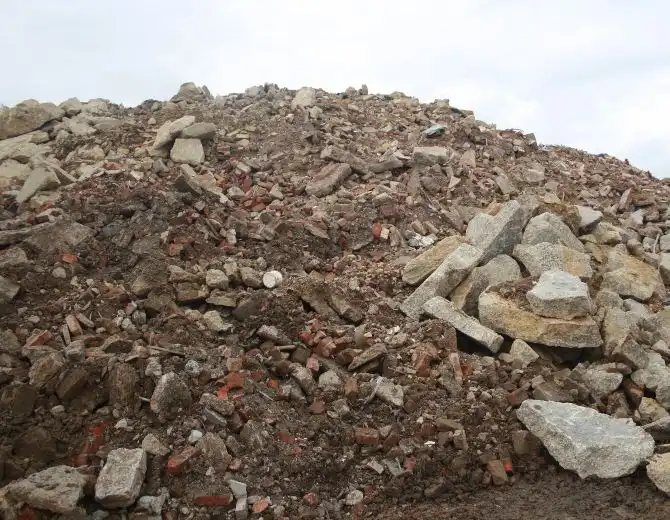
M-Sand
Manufactured sand is an alternative for river sand. Due to the fast growing construction industry, the demand for sand has increased tremendously, causing deficiency of suitable river sand in most parts of the world.
Due to the depletion of good quality river sand for the use of construction, the use of manufactured sand has been increased. Another reason for the use of M-Sand is its availability and transportation cost.
Since manufactured sand can be crushed from hard granite rocks, it can be readily available at the nearby place, reducing the cost of transportation from far-off river sand bed.

Thus, the cost of construction can be controlled by the use of manufactured sand as an alternative material for construction. The other advantage of using M-Sand is, it can be dust free, the sizes of m-sand can be controlled easily so that it meets the required grading for the given construction.
- it is well graded in the required proportion.
- It does not contain organic and soluble compounds that affect the setting time and properties of cement, thus the required strength of concrete can be maintained.
- It does not have the presence of impurities such as clay, dust and silt coatings, which increase water requirement as in the case of river sand which impair the bond between cement paste and aggregate. Thus, increased quality and durability of concrete.
- M-Sand is obtained from specific hard rock (granite) using the state-of-the-art International technology, thus the required property of sand is obtained.
- M-Sand is cubical in shape and is manufactured using technology like High Carbon steel hit rock and then ROCK ON ROCK process which is synonymous to that of natural process undergoing in river sand information.
- Modern and imported machines are used to produce M-Sand to ensure the required grading zone for the sand.
Benefits of Alternatives –
Size, shape, texture play an important role in the workability of concrete. With more surface area of sand, the demand for cement and water increases to bond the sand with coarse aggregates.
The control over these physical properties of manufacturing sand make the concrete require less amount of water and provide higher workable concrete. The less use of water also helps in increasing the strength of concrete, less effort for mixing and placement of concrete, and thus increases productivity of construction activities at site.
Construction defects during placement and post-concreting such as segregation, bleeding, honeycombing, voids and capillarity in concrete gets reduced by the use of M-Sand as it has optimum initial and final setting time as well as excellent fineness.
As discussed above, since usage of M-Sand has increased durability, higher strength, reduction in segregation, permeability, increased workability, decreased post-concrete defects, it proves to be economical as a construction material replacing river sand. It can also save transportation cost of river sand in many cases.
About author
The author is the co-founder of Econaur and Director – Prakriti Sustainable Building Services Private Limited. He is an experienced consultant providing sustainability strategies for the Construction Industry. He specializes in AutoCAD, Green Buildings, and Market Research.

